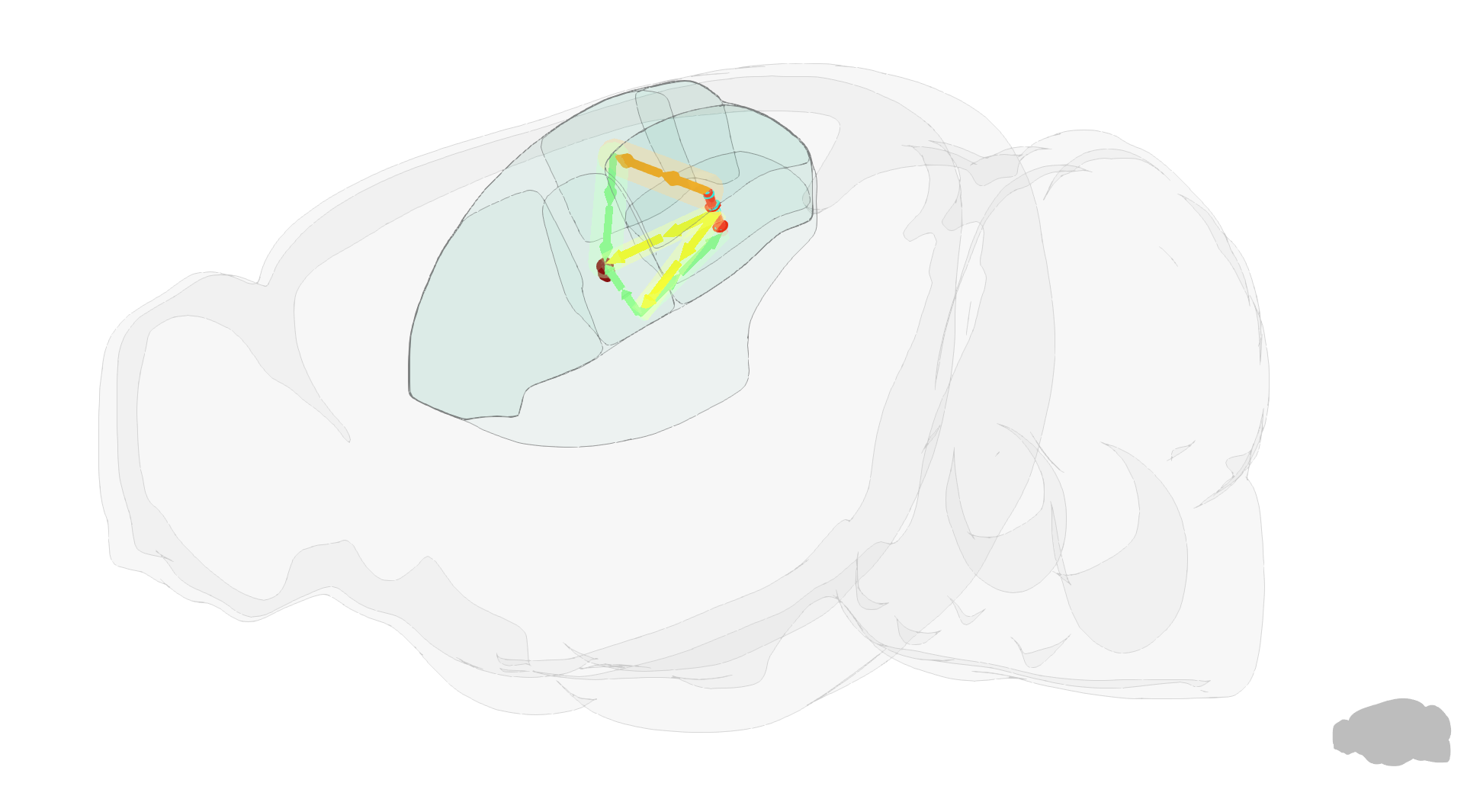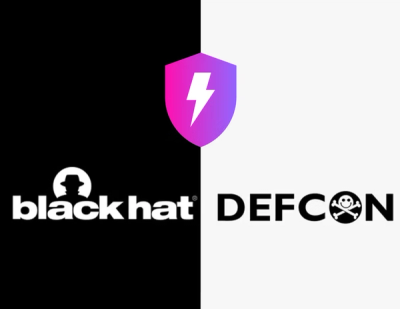
Research
/Security News
Contagious Interview Campaign Escalates With 67 Malicious npm Packages and New Malware Loader
North Korean threat actors deploy 67 malicious npm packages using the newly discovered XORIndex malware loader.
Tools for screening significant loop structures in a graph, typically a brain structure graph with physiological or anatomical edge data.
$ pip install brain-loop-search
Packing vertices:
import brain_loop_search as bls
vertices = [322, 329, 981, 337, 453, 8, 1070] # ccf brain id
# ccf ontology
ontology = bls.brain_utils.CCFv3Ontology()
vp = bls.packing.VertexPacker(vertices, ontology)
# filtering by level
vp.filter_by_level(fro=1, to=2)
Packing a graph:
import brain_loop_search as bls
import pandas as pd
import numpy as np
vertices = [322, 329, 981, 337, 453, 1070, 345, 353, 361] # ccf brain id
# adjacent matrix
adj_mat = pd.DataFrame(np.array([
[0, 1, 1, 0, 0, 0, 1, 1, 0],
[0, 0, 1, 1, 1, 1, 0, 1, 0],
[0, 0, 0, 0, 1, 1, 1, 1, 1],
[0, 0, 1, 0, 0, 1, 0, 1, 0],
[1, 0, 1, 0, 0, 1, 0, 1, 0],
[0, 1, 1, 1, 1, 1, 0, 1, 0],
[0, 0, 0, 0, 0, 1, 0, 0, 1],
[1, 0, 0, 0, 0, 1, 1, 1, 0],
[1, 1, 1, 0, 0, 1, 0, 1, 1]
]), index=vertices, columns=vertices)
# ccf ontology
ontology = bls.brain_utils.CCFv3Ontology()
# packing
new_rows = [322]
new_cols = [337, 329, 353]
graph_packer = bls.packing.GraphPacker(adj_mat, ontology)
new_mat = graph_packer.pack(new_rows, new_cols, def_val=0, superior_as_complement=True, aggr_func=np.sum)
Screen simple loops from the graph.
import brain_loop_search as bls
import pandas as pd
edges = pd.DataFrame({
"a": [1, 2, 3, 4, 5],
"b": [4, -1, -1, 1, -1],
"c": [5, 6, 7, 8, 9],
"d": [-1, 2, 3, 1, 2],
"e": [-1, -1, -1, -1, -1]
}, index=["a", "b", "c", "d", "e"])
g = bls.search.ShortestPathLoopSearch()
g.add_subgraph(edges)
# search by single shortest path with a reverse edge
loops = g.pair_complement(axis_pool=['a', 'b', 'c'])
# search by chaining 3 of the shortest paths found
loops, sssp = g.chain_screen(n_axis=3)
Generate a new graph of potentially integrated loops.
import brain_loop_search as bls
import pandas as pd
edges = pd.DataFrame({
"a": [1, 2, 3, 4, 5],
"b": [4, -1, -1, 1, -1],
"c": [5, 6, 7, 8, 9],
"d": [-1, 2, 3, 1, 2],
"e": [-1, -1, -1, -1, -1]
}, index=["a", "b", "c", "d", "e"])
g = bls.search.ShortestPathLoopSearch()
g.add_subgraph(edges)
# find a single max flow with a reverse edge (like a magnet field)
new_g = g.magnet_flow(s='b', t='a')
# find cycled max flows and merge them into a new graph
new_g = g.merged_cycle_flow(axes=['b', 'c', 'a'])
Visualize a single loop
import brain_loop_search as bls
# a loop is a list of list, with the head and tail of the sublist as axes
# here are some random picked brain regions
loop = [[950, 974, 417], [417, 993], [993, 234, 289, 950]]
bls.brain_utils.draw_single_loop(loop, 'test.png')
Figure:

Visualize a graph
import numpy as np
import pandas as pd
import brain_loop_search as bls
vertices = [322, 329, 981, 337, 453, 1070, 345, 353, 361]
adj_mat = pd.DataFrame(np.array([
[0, 2, 1, 0, 0, 0, 1, 8, 0],
[0, 0, 3, 1, 5, 1, 0, 5, 0],
[0, 0, 0, 0, 1, 3, 2, 1, 2],
[0, 0, 6, 0, 0, 1, 0, 4, 0],
[1, 0, 1, 0, 0, 1, 0, 4, 0],
[0, 1, 7, 1, 4, 1, 0, 1, 0],
[0, 0, 0, 0, 0, 1, 0, 0, 1],
[1, 0, 0, 0, 0, 2, 2, 1, 0],
[1, 2, 2, 0, 0, 1, 0, 1, 1]
]), index=vertices, columns=vertices)
g = bls.search.GraphMaintainer()
g.add_subgraph(adj_mat)
bls.brain_utils.draw_brain_graph(g.graph, 'test2.png', thr=3)
Figure:

Github project: https://github.com/SEU-ALLEN-codebase/brain-loop-search
Documentation: https://SEU-ALLEN-codebase.github.io/brain-loop-search
FAQs
Screen loops among brain structures(or any entities comprising a graph).
We found that brain-loop-search demonstrated a healthy version release cadence and project activity because the last version was released less than a year ago. It has 1 open source maintainer collaborating on the project.
Did you know?

Socket for GitHub automatically highlights issues in each pull request and monitors the health of all your open source dependencies. Discover the contents of your packages and block harmful activity before you install or update your dependencies.

Research
/Security News
North Korean threat actors deploy 67 malicious npm packages using the newly discovered XORIndex malware loader.

Security News
Meet Socket at Black Hat & DEF CON 2025 for 1:1s, insider security talks at Allegiant Stadium, and a private dinner with top minds in software supply chain security.

Security News
CAI is a new open source AI framework that automates penetration testing tasks like scanning and exploitation up to 3,600× faster than humans.